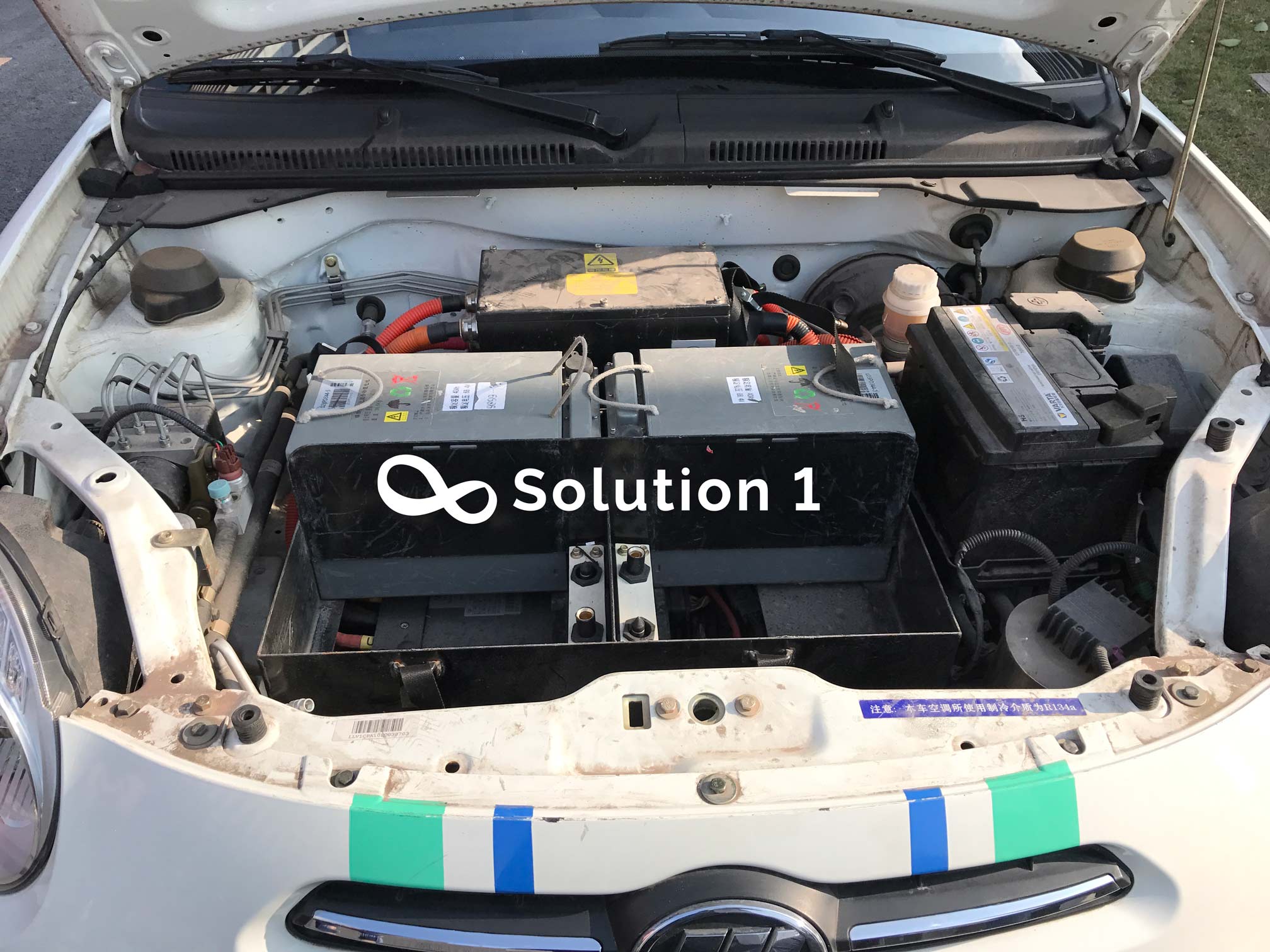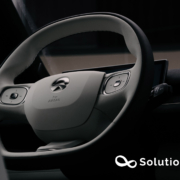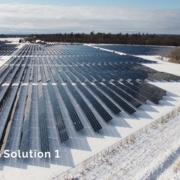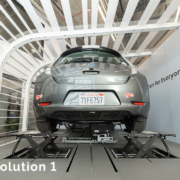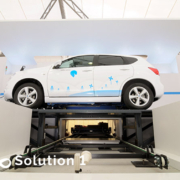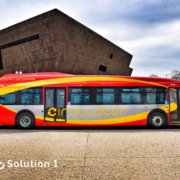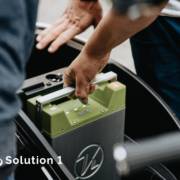Battery swapping stations: another faster solution to electric vehicle charging.
With a rapidly growing market for electric vehicles, the need for fast chargers could become a major concern for consumers. To keep up with technological advances, infrastructure will need to be upgraded on the household side as well as at public charging stations. In this respect, battery swap stations are superior to traditional charging infrastructure because upgrades are only needed at the swap station location.
Speed is the biggest advantage of battery swapping. The whole operation can take a few minutes, which is about the same time as it takes to fill up a vehicle with a combustion engine. Another advantage of this solution is that the owner does not have to leave the vehicle to change the battery. However, the issues of battery swapping are more complex and have many challenges.
The infrastructure required to implement this solution is much more complex and costly than charging batteries at conventional charging stations. The difference between a battery swapping station and a charging station is that the demand for the battery swapping station can be continuously controlled. Furthermore, to meet the daily demand of any station, the number of charged batteries should always exceed a certain percentage of the daily demand. One possible strategy is to have one battery in the vehicle and another at the swap station, such as two batteries for each car.
The design of batteries, as well as electric vehicles themselves, is currently one of the biggest obstacles to battery-swapping technology. During the battery-swapping process, sparks can occur and contacts can degrade. The design of the battery pack should consider the reliability and safety of the vehicle owner when removing the battery pack and placing it back into the vehicle.
The compatibility of the batteries and battery swapping technology can ensure this solution’s success and make it dominant in the market. The main requirement is the availability of similar interchangeable battery packs from different manufacturers, which of course requires their common agreement. This might cause limitations in innovation and battery development will state as cell manufacturers, at the end of the product chain, will have to design standardized cells. It can be argued that there could be different power segments for a set of batteries, but this would create a supply and demand problem and possible compatibility issues with vehicles that cannot use higher or lower-power batteries.
The range of an electric car decreases as the battery deteriorates. Customers will mostly demand the newest batteries possible because they will provide more range compared to batteries that have been around longer. For this reason, the use of a particular battery in battery exchange stations can be quite short despite favorable charging conditions. However, such batteries can also be used as energy storage from renewable energy sources.
In the early days of this transformation, it was almost impossible to imagine and estimate what the situation in 10 or 20 years. The speed of development is fast. The speed of technological evolution is high. We see different solutions being developed by different countries and industries, and utilized by different customers and operators.
Over a hundred years ago, carts and sedan chairs were once the main means of transportation for people. The evolution of transportation from limited sedan bearers, animal power, and steam power, to internal combustion engine power, was like a revolution, a turning point in time. The wheel of history is about to enter a new chapter.


